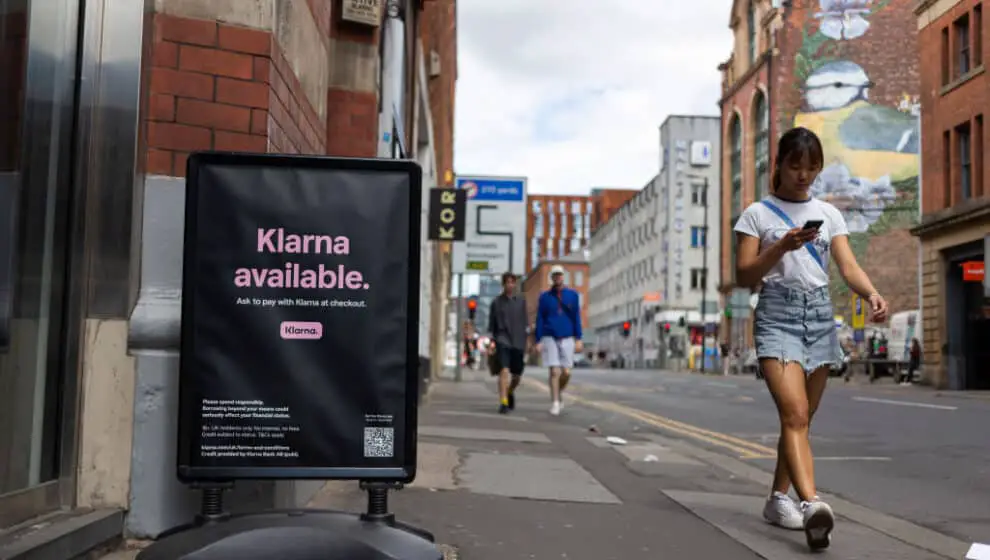As many Americans face economic uncertainty, shoppers are leaning into buy now, pay later services to push off significant payments over time.
Key Details
- Within the first two months of 2023, the share of buy now, pay later (BNPL) services grew 10% year over year for online purchases, according to Adobe Analytics.
- The number of people using the services for groceries grew by 40%, and 38% for home furnishings over the same period.
- As of 2021, 60% of consumers have reported using a BNPL service, and 46% of those customers are still making payments, according to a report by the Consumer Financial Protection Bureau.
- The average debt owed by consumers using a BNPL service is $883.
Why it’s news
Buy now, pay later services offer short-term installment loans that allow shoppers to finance their purchases over a set time, interest-free.
As inflation continues to hike prices, many shoppers are opting to use BNPL services to buy their groceries and other objects and pay them off over a period of time to avoid paying a large amount of money upfront.
Three of the largest services offered are Afterpay, with around 20 million U.S. users, Affirm, with around 14 million, and Klarna, with around 40 million. Afterpay can be used online or in-store, allowing customers to split their purchase into four interest-free installments, completed in six weeks. If a customer does not pay their payment on time, the company can charge a late fee of up to 25% of the purchase price.
Affirm has no late fees or maximum credit limit, instead, customers are qualified for a spending rate depending on their credit. Customers can buy the products and pay in four installments.
Klarna can be used at any retailer online or in-store, with the app featuring a price comparison tool to help users find the best deal on certain products. Klarna users get four, interest-free payments with the spending limit determined by credit score.
45% of consumers reported using the BNPL services to make more manageable payments, while 44% reported that the payments were more flexible than credit cards, according to C & R research.
BNPL services began rising during the pandemic, with clothing and electronics being the main categories. Today, as prices for everyday items increase, groceries and home furnishings are two of the top services paid for with BNPL services.
The number of people using the services for groceries grew by 40% and 38% for home furnishings over the first two months of 2023, with electronics dropping 14% and clothing only increasing by 8%.Although BNPL is marketed as an interest-free payment option, a recent C & R survey found that two-thirds of consumers view the payments as “financially risky.” Due to easy access and interest-free marketing, it leads customers to spend more, driving many into debt and keeping some consumers away from the option.

